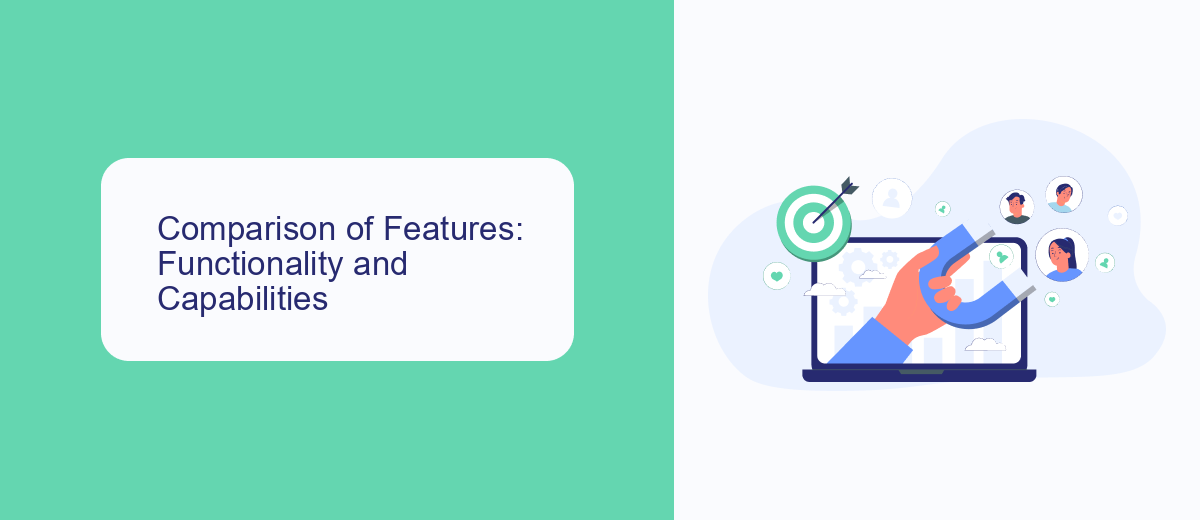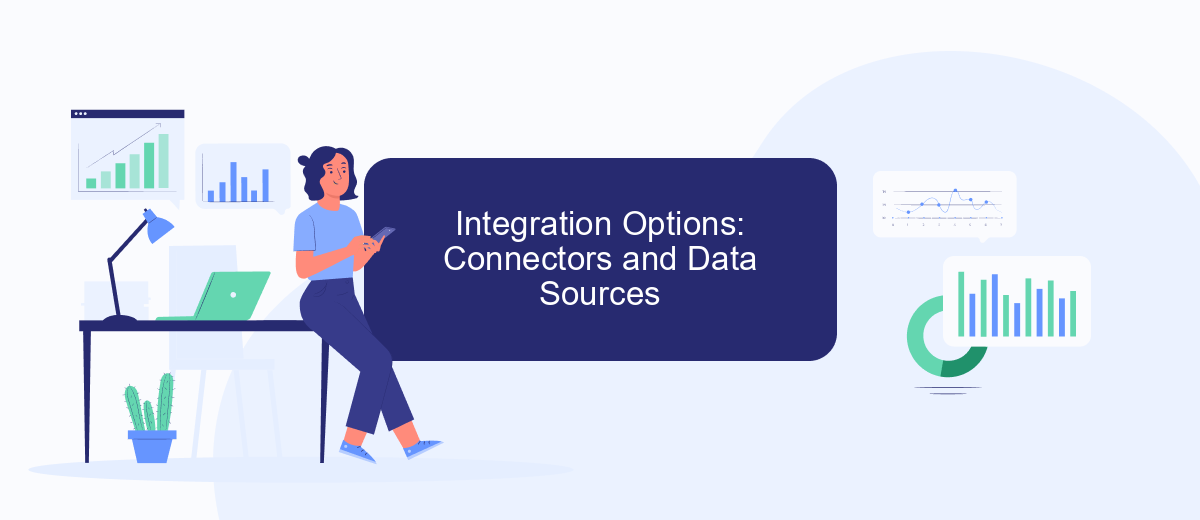When it comes to optimizing workflows and integrating various applications, Segment and Zapier are two powerful tools that often come up in conversation. Both platforms offer unique features designed to streamline data management and automate tasks, but they serve different purposes and excel in different areas. This article delves into the key differences between Segment and Zapier to help you decide which is best suited for your needs.
Introduction: Overview of Segment and Zapier
Segment and Zapier are two powerful tools that help businesses streamline their workflows and manage data more efficiently. Segment specializes in customer data management, allowing companies to collect, clean, and control their customer data from various sources in one centralized platform. Zapier, on the other hand, focuses on task automation by connecting different apps and automating repetitive tasks without the need for coding.
- Segment: Customer data management and integration
- Zapier: Task automation and app integration
Both Segment and Zapier offer unique features that cater to different business needs, but they share the common goal of improving operational efficiency. For businesses looking for an easy way to set up integrations, services like SaveMyLeads can be incredibly useful. SaveMyLeads simplifies the process of connecting various marketing and sales tools, ensuring that data flows seamlessly between platforms. By leveraging these tools, businesses can focus more on growth and less on manual data management and task automation.
Comparison of Features: Functionality and Capabilities

When comparing Segment and Zapier, it's essential to consider their core functionalities and capabilities. Segment excels in data collection and management, allowing businesses to gather, clean, and route customer data to various tools seamlessly. It provides a robust infrastructure for data-driven decision-making, ensuring that all data is consistent and reliable across different platforms. Zapier, on the other hand, focuses on automation, enabling users to connect various apps and automate workflows without the need for coding. It supports a vast array of integrations, making it a versatile tool for automating repetitive tasks and enhancing productivity.
Both Segment and Zapier offer unique advantages depending on the specific needs of a business. For those looking to streamline data integration and maintain data quality, Segment is the superior choice. However, for businesses aiming to automate processes and improve operational efficiency, Zapier is more suitable. Additionally, services like SaveMyLeads can complement both tools by providing easy-to-use integrations that further simplify the setup and management of automated workflows and data synchronization, ensuring that businesses can leverage the strengths of both Segment and Zapier effectively.
Integration Options: Connectors and Data Sources

When comparing Segment and Zapier, it's essential to understand their integration options, connectors, and data sources. Both platforms offer robust capabilities, but they cater to different needs and use cases.
- Segment: Segment excels in collecting, transforming, and sending data to various destinations. Its primary focus is on customer data infrastructure, making it ideal for analytics, marketing, and product teams. Segment supports numerous integrations with tools like Google Analytics, Mixpanel, and Salesforce.
- Zapier: Zapier, on the other hand, is designed to automate workflows by connecting different apps and services. It supports over 3,000 apps, including popular ones like Slack, Google Sheets, and Trello. Zapier is perfect for automating repetitive tasks without needing to write any code.
- SaveMyLeads: SaveMyLeads is another service that simplifies integration by connecting various lead generation sources with CRMs and other tools. It offers pre-built connectors and an easy-to-use interface, making it a valuable addition for businesses looking to streamline their lead management processes.
In summary, while Segment focuses on customer data and analytics, Zapier excels in workflow automation. SaveMyLeads can complement both by providing seamless lead integration capabilities. Depending on your specific needs, each platform offers unique advantages that can enhance your business operations.
Pricing and Plans: Cost and Value

When evaluating Segment and Zapier in terms of pricing and plans, it's crucial to consider both the cost and the value they bring to your business. Segment offers a tiered pricing structure that ranges from a free plan for small projects to custom enterprise solutions. Zapier, on the other hand, provides a variety of plans starting from a free tier to premium options with advanced features.
Segment's pricing is generally based on the number of monthly tracked users, which can be advantageous for growing businesses. Zapier's cost is determined by the number of tasks automated per month, making it flexible for businesses of all sizes. Both platforms offer a range of features that cater to different needs, from basic automation to complex data integration.
- Segment: Free plan, Team plan starting at 0/month, Business and Enterprise plans with custom pricing.
- Zapier: Free plan, Starter plan at .99/month, Professional plan at /month, Team and Company plans with higher limits and features.
For those looking for a more straightforward and cost-effective solution to set up integrations, SaveMyLeads is an excellent alternative. It offers a user-friendly platform at a competitive price, making it easier for businesses to automate workflows without the complexity of more advanced tools. Consider your specific needs and budget to determine which platform offers the best value for your organization.
Conclusion: Choosing the Right Platform
Choosing between Segment and Zapier ultimately depends on your specific needs and the complexity of your workflows. Segment excels in consolidating and managing customer data from various sources, making it ideal for businesses that prioritize data-driven decision-making. On the other hand, Zapier shines in its ability to automate tasks and integrate a wide range of apps, which can significantly enhance productivity for teams that rely on multiple tools.
For those looking for a more simplified approach to integration, services like SaveMyLeads can be a viable alternative. SaveMyLeads offers an easy-to-use platform to automate lead processing and integrate various applications without requiring extensive technical expertise. By evaluating your business requirements and the specific functionalities of each platform, you can make an informed decision that best supports your operational goals and enhances efficiency.


FAQ
What is the primary difference between Segment and Zapier?
Can Segment and Zapier be used together?
Which platform is better for real-time data processing?
Are there alternatives to Segment and Zapier for automation and integration?
Which tool is more suitable for non-technical users?
Personalized responses to new clients from Facebook/Instagram. Receiving data on new orders in real time. Prompt delivery of information to all employees who are involved in lead processing. All this can be done automatically. With the SaveMyLeads service, you will be able to easily create integrations for Facebook Lead Ads and implement automation. Set up the integration once and let it do the chores every day.
